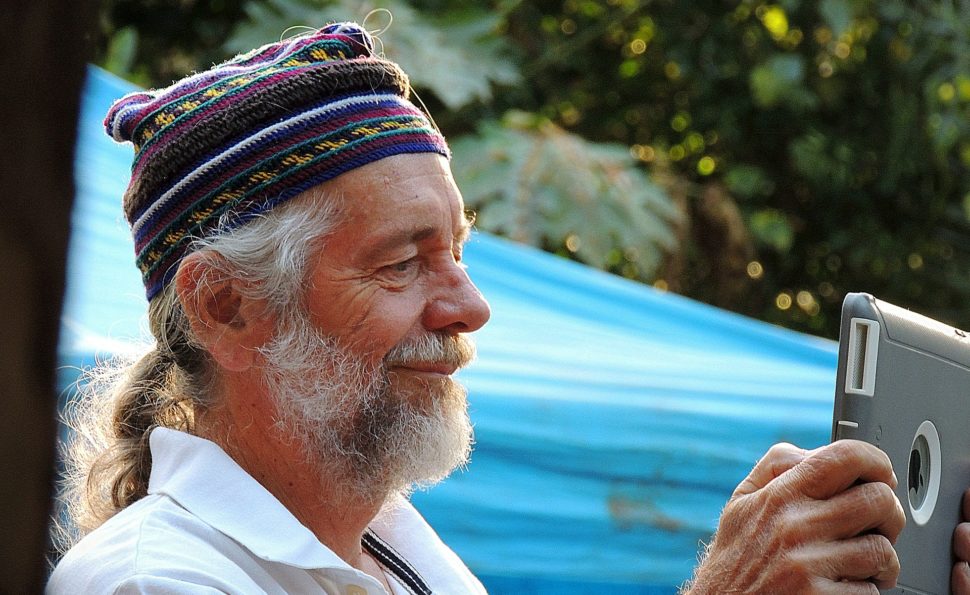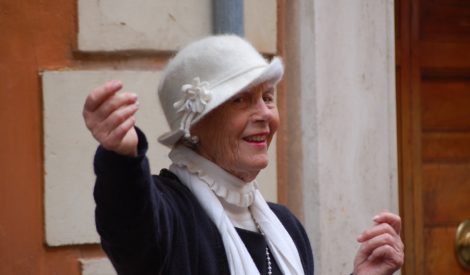The revolutionary possibilities that arise when combining health care with technology are becoming more and more widely recognised: report after report has been published on the subject recently, emphasising the major impact that the use of technology can have on the way we grow old. As the gap between those in need of care and those in the position to provide it grows rapidly, and as health care costs are increasing, the need for cheap, efficient alternatives to existing systems is bigger than ever. But what exactly can technology offer? Here’s a very concrete example: video calling.
Consider the following image: Julia works as a caregiver for ten different older adults, whom she regularly visits at home. She does this because she recognises the importance of personal contact with her clients – something we would underwrite wholeheartedly. However, this decision has one important negative consequence: she spends most of her day not caring for clients, but travelling to- and from their houses.
Now imagine all ten clients in the possession of a smart phone. Using our GoLivePhone software, they would be able to start- or accept a video call with just one simple tap on their touch screen interface. The result? Julia would now be able to create the personal, face-to-face contact that is such a vital part of care giving by simply calling each of her patients from her own smart phone or computer – in a mere fraction of the time it would cost to travel to all their houses.
The significant amount of time this would free up, could then be directly invested into doing what Julia loves most: caring for people. Moreover, instead of waiting for her weekly visit, clients would now be able to contact Julia directly, whenever they would be in need of care or advice – and thus feel connected and safe at all times.
Julia, in addition, would also enjoy a thoroughly increased peace of mind, since she would know that her clients – being in the position to contact her whenever something’s up – are likely doing just fine.
Julia’s clients, in the meantime, would start to use their newfound adaption to their device not just for contacting their caregiver, but also for Skyping with family members, enjoying daily photographical proof of their grandchildren’s artistry, catching up with old friends through Facebook and playing games with people from all over the world– to name only a few of the myriad functions of today’s smart phones. In this way, they would not only feel more secure but also more connected to their environment – which is important to older adults, who are known to be exposed to an increased risk of isolation and loneliness.
Far from being a prediction of a distant future, this image represents (some of) the very concrete possibilities of digital heath care in the world of today – showing how technology has the potential to bring people closer together and keep them connected in ways that were utterly unimaginable in the past.
Our GoLivePhone software, moreover, is engineered especially for older adults, allowing users to enjoy all the possibilities that modern technology has to offer. And what’s important: the software can be installed on any standard Android smart phone, making it possible to download well-known video calling applications like Skype or Hangout, instead of using specialised video calling software. This makes video calling accessible and cheap, and allows users to use the same applications as their friends and family – keeping them even more connected and involved in the lives of their loved ones.




